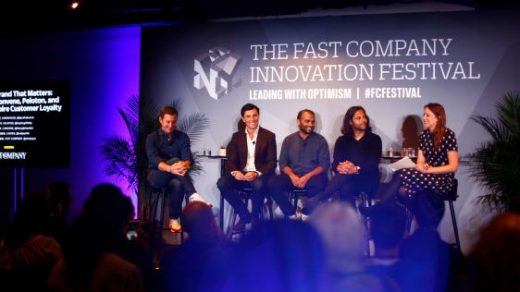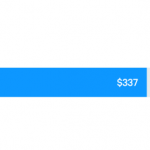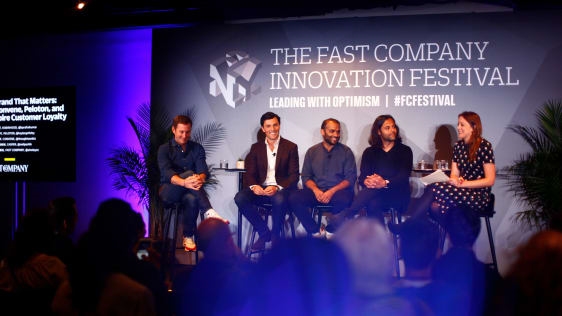Three Weird Customer Insights That Led To Kick-Ass Products
What is the difference between brands that we live with and brands that we love? For several startup leaders at The Fast Company Innovation Festival, the answer was simple: great customer service.
But for the founders of Casper, Robinhood, Peloton, and Convene, service goes way beyond having smart, friendly employees manning the helpline and replying to tweets. It also means preempting customer needs so that they are pleasantly surprised by how wonderful a product or experience is, especially compared to a competing brand. “We practice something called anticipatory service,” says Chris Kelly, founder and president of Convene, a hip, modern approach to event spaces. “Which is trying to understand customer needs before they happen, and address them so they never have to ask.”
Gathering customer data is an art. The four founders on the panel described creative ways of gathering information about what customers are looking for. But this kind of observation also meant that they gathered interesting and unintuitive insights about human behavior. And they used all of this to tweak and improve their service. Here are some of their most interesting things they’ve discovered.
Knives Kill Networking
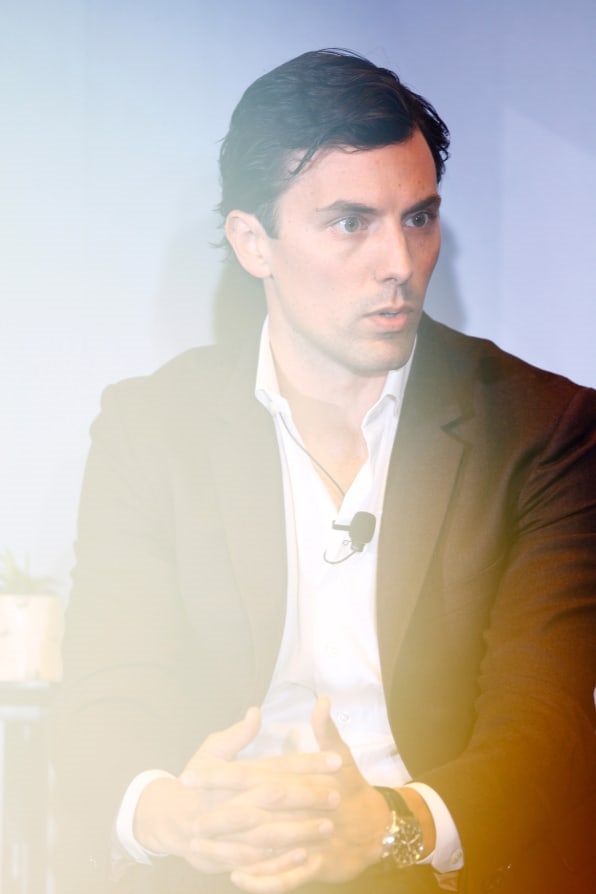
Kelly spends a lot of time observing people who attend conferences and meetings in his locations. One observation he’s made is that during a business event, people are always on. Even when they are not actually sitting at a panel listening to experts talk, they are meeting people and trying to make connections. And nothing gets in the way of networking like a knife.
Covene is full of snack stations to keep attendees happy–and there is always tasty food catered at mealtimes. But none of it needs to be cut into pieces. “Every single thing on our menu can be enjoyed without a knife,” Kelly says. “People at conferences tend to mingle, so if you have to cut something, it is really inconvenient. We know that food is important and networking is important, but if food is getting in the way of your networking, then it’s a problem. ”
The thing about knives is that you don’t even realize they are a hassle until you’re standing in front of a CEO that you admire, with a small paper plate of steak in one hand, and a knife in the other. But Kelly believes that the attendees will leave Convene spaces feeling like they had a more productive meeting, even if they don’t fully understand all the components that went into that. “A simple thing like that–and there are thousands of examples–is how we fulfill our commitment to create more productive meetings in our space.”
High Thread Count = Sweaty Nights
Casper has many ways to collect feedback about customers. One cofounder at the company created a Slackbot that pipes in customer tweets, reviews, and other feedbacks, so everybody can see the stream of what people are saying about the brand. But since the company specializes in creating sleep products, they also have a team of scientists observing how customers actually interact with mattresses, pillows, and sheets.
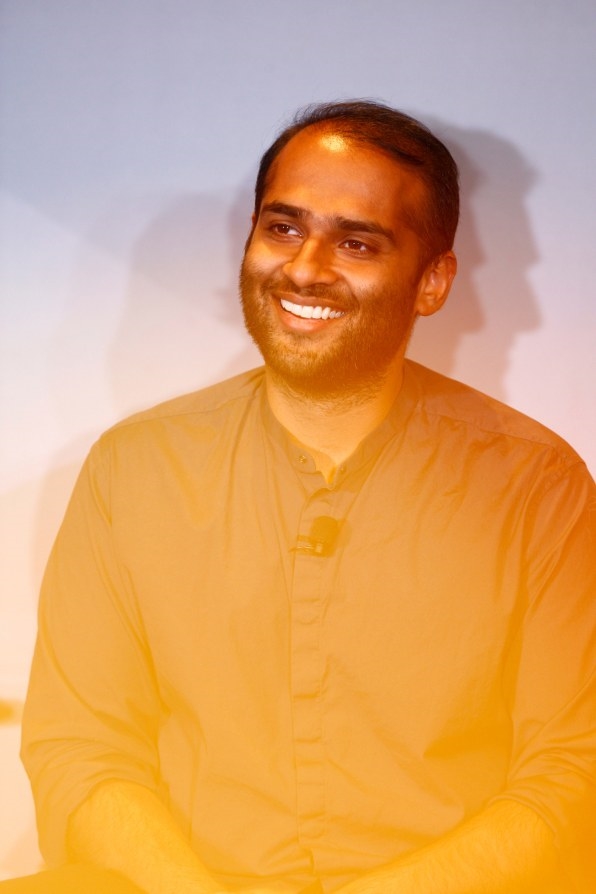
That’s how Casper discovered that many people don’t sleep well on high thread-count sheets. In Casper’s Sleep Lab, researchers found that customers loved the softness of high thread-count sheets, but they didn’t sleep well in them. “People were kicking out their feet from under their sheets,” says Neil Parikh, cofounder and COO of Casper. “After attaching trackers that measured heat and moisture, we notice that right before you kick off your sheets, there is a spike in humidity. High thread-count sheets are trapping a lot of air inside them, which makes your body’s auto regulation go crazy and trying to get out of the sheets.”
As Casper was designing its bedding, it used a breathable percale made from Supima cotton. It uses 400 two-ply threads, which is a relatively modest thread count, but the brand believes it will lead to a more comfortable nights’ sleep.
Nobody Likes 45-Minute Workouts
If you’re a fan of studio fitness classes, you’ll know that most classes are around 45 minutes long. According to John Foley, the cofounder and CEO of exercise bike company Peloton, this isn’t because that is the ideal workout time. It’s because studios charge around $35 dollars per session, so they want to give you your money’s worth. “They don’t want to shortchange you,” he says.
Peloton hit the market with bikes you could ride at home with screens that would allow you to take a virtual class with an instructor. When the brand first launched, it offered 45-minute classes, because that was standard in the industry. But by carefully gathering customer feedback through many channels, including a very active Facebook group, Peloton decided to offer shorter rides that run at 20 or 30 minutes.
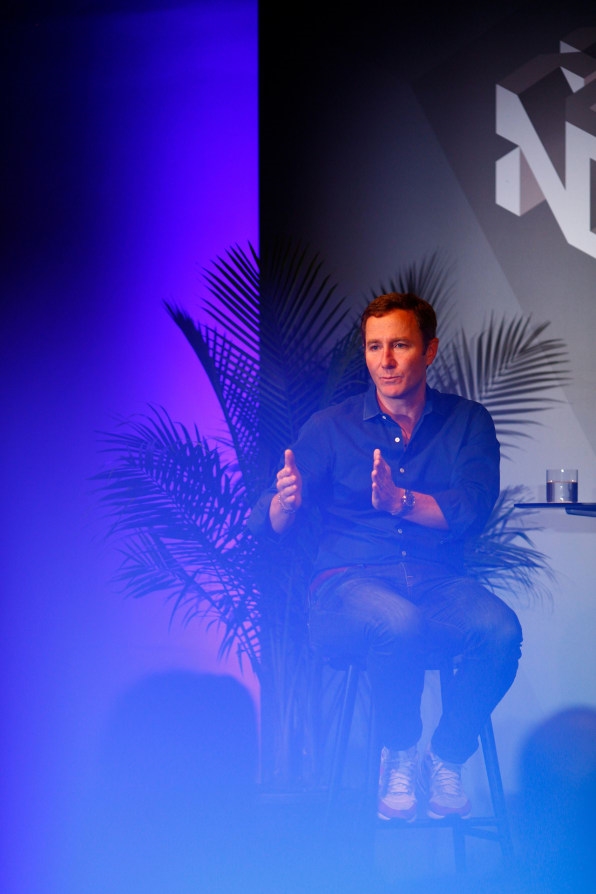
He points out that the experience at home is very different than in a studio. Commuting to the class often takes about 15 minutes, plus there is showering and returning home, so it makes sense to have a longer session. But at home, you can hop on the bike, do a quick ride in the morning before you shower, and still get a decent workout. “It’s half the time, but I still get that sweat, I still feel good, and I still jumpstart the morning,” he says. “Small tiny innovations like that come from listening to our customers, and allow us to evolve our product and content.”
Fast Company , Read Full Story
(39)

